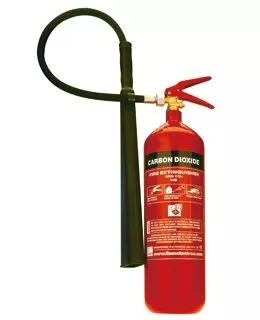
Fire safety codes and regulations are essential to protect people and property from fire risk. They provide guidelines for building construction, fire prevention measures, and emergency response procedures. Understanding the basics of fire safety codes and regulations is crucial for building owners, managers, and occupants. Here are the critical elements of fire safety codes and regulations. Call us on this number for fire extinguisher refill.
Building codes:
Building codes are a set of standards that dictate the design and construction of buildings. They cover aspects such as structural integrity, fire resistance, and accessibility. Building codes are enforced by local authorities and are designed to ensure that facilities are safe for occupants and emergency responders. Compliance with building codes is mandatory, and failure to comply can result in fines or legal action.
Fire prevention codes:
Fire prevention codes are standards that dictate fire prevention measures in buildings. They cover fire extinguishers, smoke alarms, fire sprinkler systems, and fire exits. Fire prevention codes are designed to minimize fire risk and ensure that occupants can evacuate safely in case of a fire. Compliance with fire prevention codes is mandatory, and failure to comply can result in fines or legal action.
Occupancy codes:
Occupancy codes dictate the number of people allowed in a building and the requirements for emergency evacuation. They cover occupancy load, exit widths, and travel distance to exits. Occupancy codes ensure that buildings can be evacuated quickly and safely in an emergency. Compliance with occupancy codes is mandatory, and failure to comply can result in fines or legal action.
Fire safety plans:
Fire safety plans outline the steps to be taken in case of a fire. They cover evacuation procedures, communication protocols, and emergency response procedures. Fire safety plans ensure that occupants can evacuate quickly and safely in case of a fire and that emergency responders can respond effectively. Fire safety plans are mandatory for all buildings and must be updated regularly.
Training and education:
Training and education are essential components of fire safety codes and regulations. Building occupants must be trained on fire safety procedures, including evacuation procedures, fire prevention measures, and the proper use of fire safety equipment. Training and education can also help prevent fires by promoting awareness and safe practices.
Understanding the basics of fire safety codes and regulations is essential for building owners, managers, and occupants. Compliance with building, fire prevention, and occupancy codes is mandatory to ensure the safety of occupants and emergency responders.







